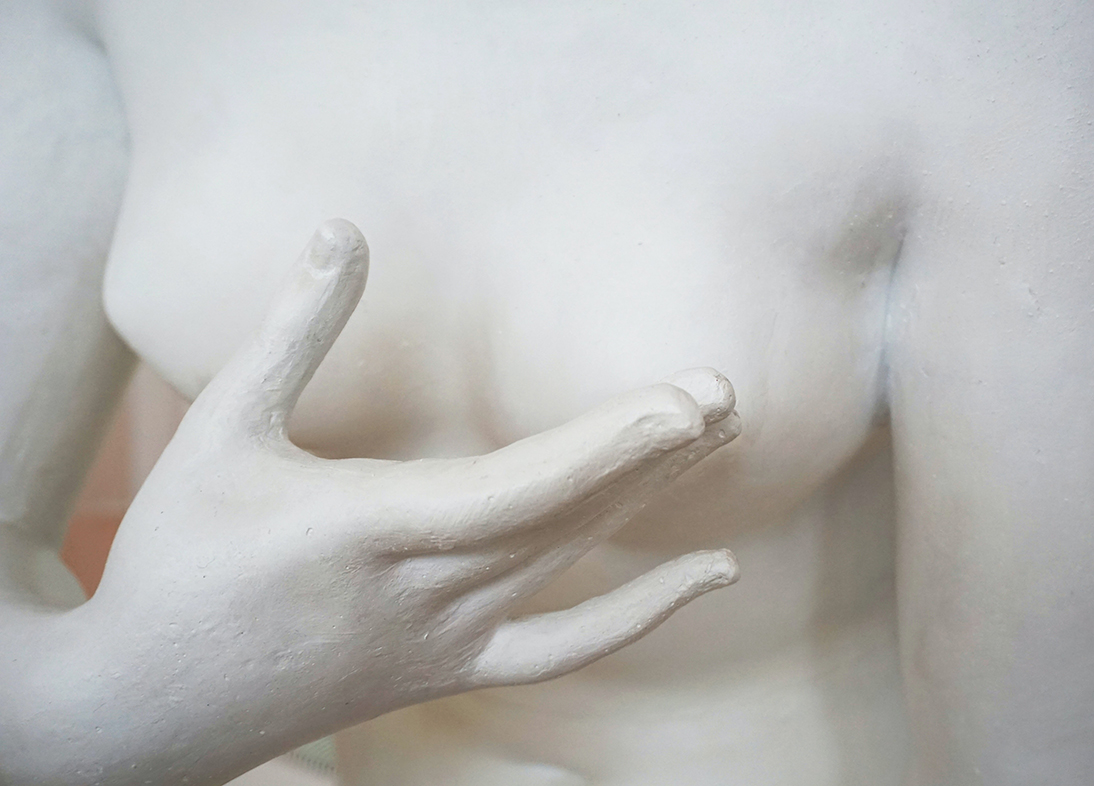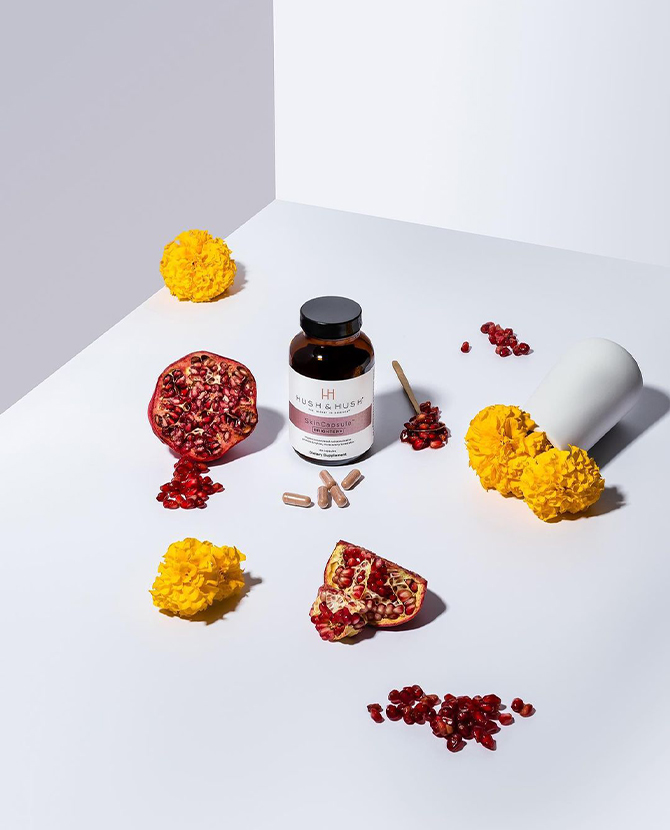As we’re all well-aware, self care isn’t just limited to sheet masks and spa days. It also extends to making sure that you’re well and healthy, both physically and mentally. The former is often taken for granted particularly when it comes to feminine health. Bearing in mind that it is October — and thus, breath cancer awareness month — we’ve reasoned that it seems only apt that we dispense some tips on conducting breast self-exams. It is more than just poking around at your breast in the shower and feeling for lumps, mind. According to healthcare professionals, there are several steps to undertake for a proper breast self-exam. It will also take you a total 10 minutes, tops. The lowdown, below.
Step 1: The mirror check
Start off by looking at your breasts in the mirror, standing with your shoulders straight and your arms on your hips. Your breasts should look their usual size, shape and colour; they should also be evenly shaped. Next, raise your arms, and do the same check again.
Step 2: The touch check
After the mirror check, lie down on a soft, flat surface like your bed and use your right hand to feel your left breast. You should be laying on your back, with your head facing up with your left hand placed behind your head. Use a firm, smooth touch with the first few finger pads of your hand, keeping the fingers flat and together. Then, feel your breast in a circular motion, making sure the circles you draw are the size of a 50 cent coin. Repeat this motion until you cover your entire breast – from your collarbone to the top of your abdomen, and from your armpit to your cleavage. Once you’re down, switch positions so that your left hand is now feeling your right breast.
When you’re in this position, ensure to feel all the tissue – for the skin and tissue just beneath, use light pressure; use medium pressure for tissue in the middle of your breasts; and finally, use firm pressure for the deep tissue in the back. When you feel the deep tissue, you should be putting enough pressure that you are also able to feel down to your ribcage. Lastly — and you can hop in the shower for this one — you should repeat the whole process standing up.
When should I alert my Doctor?
Alert your doctor if there is redness, rash, or a sudden swelling of your breast. If you happen to see any visible distortion or swelling, such as dimpling, puckering, or even bulging of the skin, you should bring it up to your doctor’s attention. Another area to pay attention to in particular is your nipples — they should not have changed positions or inverted itself (either inward or outward). If there is any discharge coming from your nipples, such as watery, milky, yellowish or even blood, alert your doctor as soon as you can as well.
What should I do if I feel a lump during these checks?
First things first, you’d want to keep calm. Feeling a lump doesn’t straight away mean that you have breast cancer. In fact, most women have some lumps or lumpy areas in their breasts all the time! And most of these breast lumps turn out to be benign in nature (not a cancerous lump), and there are plenty of possible reasons behind it. For example, it could just be regular hormonal changes or even an injury. However, that being said, don’t hesitate to call your doctor if the lump you found got bigger or notice it lasted longer than one menstrual cycle. At the appointment the doctor will likely do his or her own physical examination and call for some breast imaging tests to be done, such as a mammogram or ultrasound.
ADVERTISEMENT. CONTINUE READING BELOW




